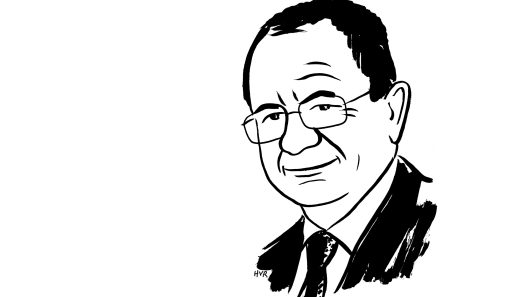According to the International Energy Agency, Beijing will invest twice as much in power plants, storage systems and grids this year as the United States. Last year, the country added some 429 gigawatts of new capacity. The United States added only around 50 gigawatts over the same period.

US consultancy ICF predicts that from 2027 onwards, the USA will be able to add almost 80 gigawatts of new generating capacity every year. If this forecast comes true, the pace will double compared with the average level over the last five years. Charts published by the Wall Street Journal show that peak demand and energy production in the USA are on the rise, and that this growth will be even more pronounced in the years to come. This confirms that the US economy is entering a phase of energy consumption characteristic of industrial growth. Data centers, artificial intelligence and the return of industrial clusters are all factors driving a sharp rise in energy consumption.
However, the key problem is not generation. The US is building power plants, but the energy cannot fully reach consumers. The bottleneck is the power grid. The construction of new high-voltage lines in the US has effectively stalled. According to a report by the analytical company Grid Strategies, the country built only 888 miles of new lines last year. A year earlier, it was only 450 miles. To understand the scale of the decline: between 2015 and 2019, more than 900 miles were built annually, and before that, more than 1,700 miles annually.
The growth in demand for electricity has already begun and is gaining momentum, but if the power grids cannot support this growth, American industrial expansion will once again remain an unfulfilled project.



